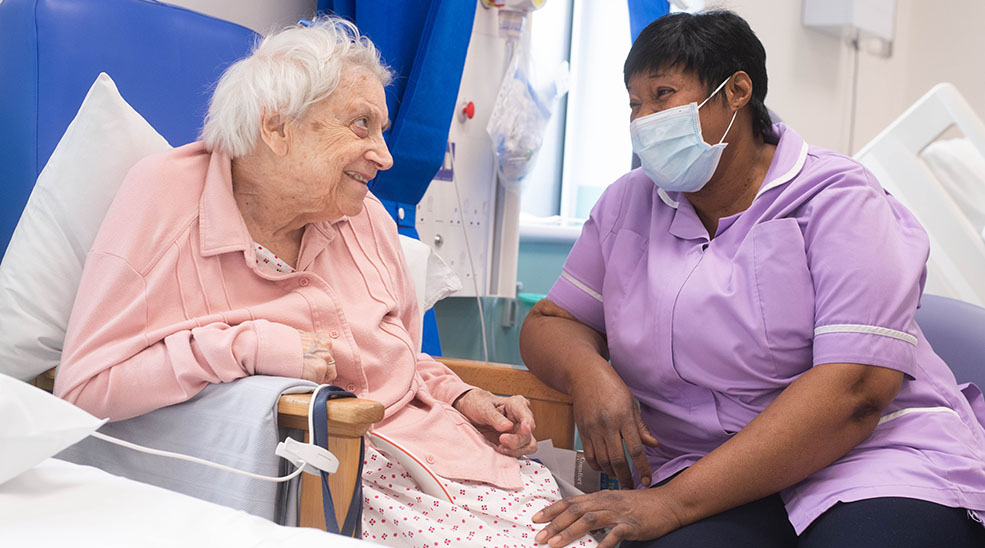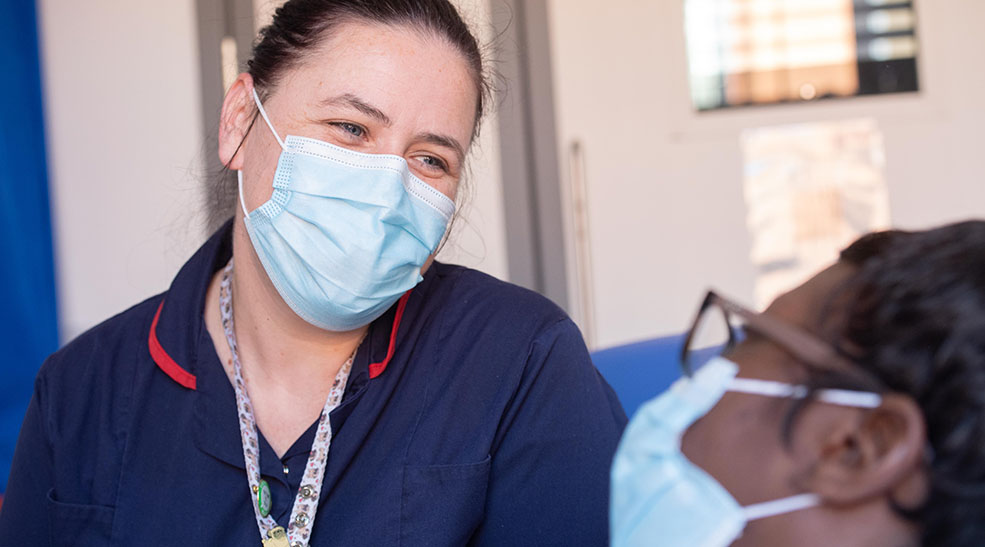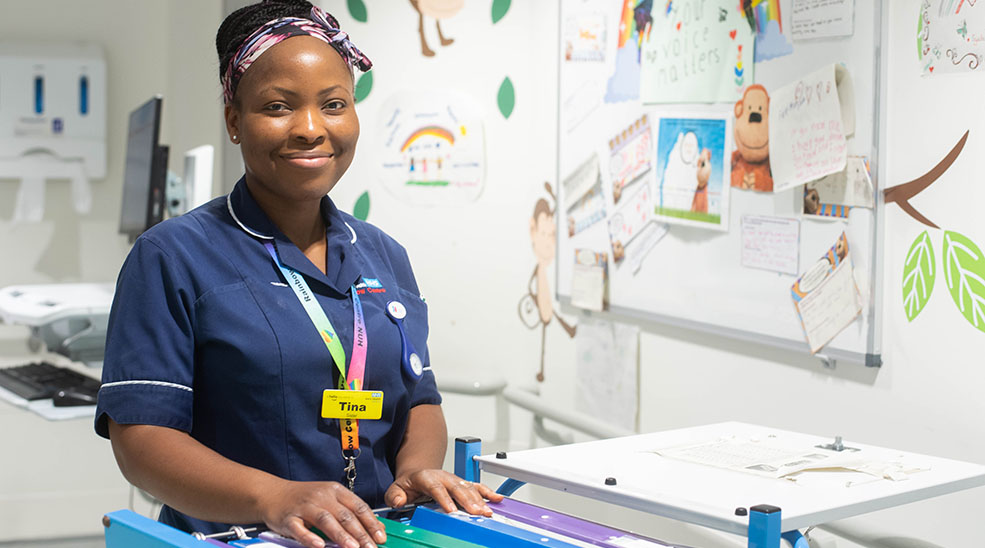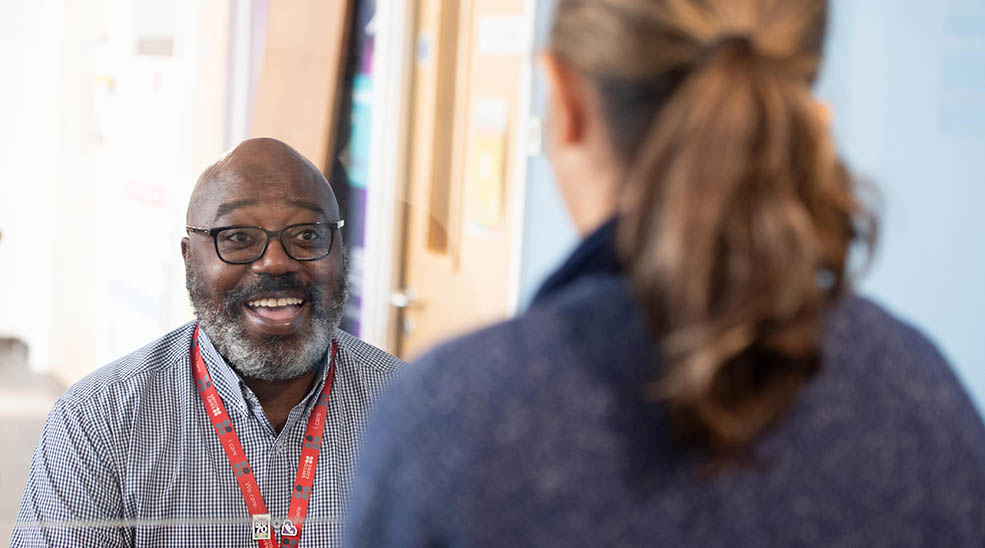We remember our patron
Adding a video
Adding a video to your page
Film content is more engaging than text alone, so promote your films on your landing page.
I've created this using a content collection and styled with the placement style "Barts - video placement [hospital name]".
To create a content collection:
- Create your pieces of text content. This will be a separate piece of text content for your film and your text. Name them using our naming style: page name: subject
- Your video size should be 450 high and 100% wide. You change these sizes in the 'source' code in the text content.
- Under publishing in the CMS menu, click the plus next to content collection.
- Name your content collection using our naming style and add a headline.
- You don't need to select a type.
- Search for your pieces of text content within the "text items" field.
- Publish to site.
- Turn the heading off on your content collection by selecting edit content collection from the layout view and selecting no headline.








